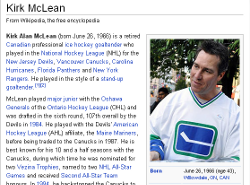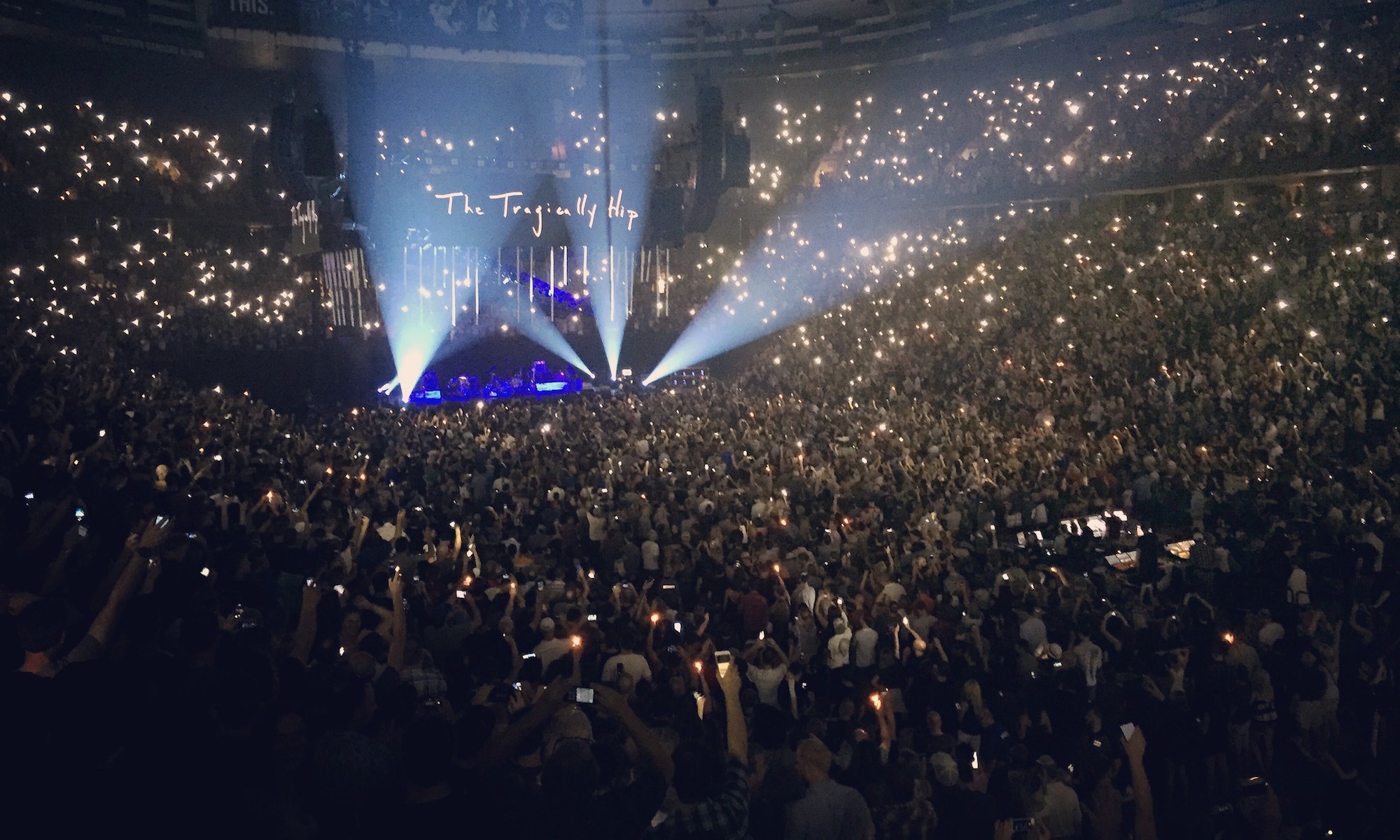I’ve known for a long time in my life that there were two things that were celebrated in Canada that we simply didn’t where I grew up back in the states. One of those is Boxing Day, but even that isn’t completely the truth. We had a family friend who was originally from England, and the holiday celebrations we took part in at her home taught me a lot about British traditions as a young kid. Those traditions are commonly found here, so I’m a little up to speed on what’s going on there.
Now, I guess the next holiday I’m talking about isn’t so much the fact that it isn’t celebrated back in the U.S. It’s just done at a different time, maybe even a little differently, depending on culture and tradition. Of course, I’m talking about Thanksgiving[wiki]. Canadian Thanksgiving[wiki], to be exact.
I’m well versed in the history of American Thanksgiving[wiki]. I’ve drawn my fair share of turkeys and Pilgrim hats, watched football games after being stuffed with food, and devoured enough pumpkin pies in my life.
Canadian Thanksgiving, on the other hand, is something that I only know of in its existence. One of those days on the calendar that said, “Thanksgiving (Canada)”. So, why not dive into what Wikipedia has to say about it together, shall we?
The first and original Thanksgiving comes from Canada. In Canada, Thanksgiving is celebrated on the second Monday in October. Unlike the American tradition of remembering Pilgrims and settling in the New World, Canadians give thanks for a successful harvest.
The history of Thanksgiving in Canada goes back to an English explorer, Martin Frobisher, who had been trying to find a northern passage to the Orient. He did not succeed but he did establish a settlement in Canada. In the year 1578, he held a formal ceremony, in what is now the province of Newfoundland and Labrador, to give thanks for surviving the long journey. This is considered the first Canadian Thanksgiving, and the first Thanksgiving to have taken place in North America. Other settlers arrived and continued these ceremonies. He was later knighted and had an inlet of the Atlantic Ocean in northern Canada named after him – Frobisher Bay.
At the same time, French settlers, having crossed the ocean and arrived in Canada with explorer Samuel de Champlain, also held huge feasts of thanks. They even formed ‘The Order of Good Cheer’ and gladly shared their food with their Native-Canadian neighbours.
After the Seven Year’s War ended in 1763 handing over Canada to the British, the citizens of Halifax held a special day of Thanksgiving.
During the American Revolution, American refugees who remained loyal (United Empire Loyalists) to Great Britain were exiled from the United States and came to Canada. They brought the customs and practices of the American Thanksgiving to Canada.
Eventually in 1879, the Canadian Parliament declared November 6th a day of Thanksgiving and a national holiday in Canada. Over the years many dates were used for Thanksgiving, the most popular was the 3rd Monday in October. After World War I, both Armistice Day and Thanksgiving were celebrated on the Monday of the week in which November 11th occurred. Ten years later, in 1931, the two days became separate holidays and Armistice Day was renamed Remembrance Day.
Finally, on January 31st, 1957, the Canadian Parliament proclaimed…
“A Day of General Thanksgiving to Almighty God for the bountiful harvest with which Canada has been blessed … to be observed on the 2nd Monday in October.” [wikipedia]
Learn something new everyday, eh? At least I feel better knowing more about the feast we are about to have on Monday. We will be celebrating American Thanksgiving in our little home when the day comes. However, we’re going to do it our way. I’m going to try my hand at making a nice lamb roast for Rebecca. However, if I am gainfully employed at that point, then we’re heading somewhere super swanky, nice, and making someone cook that lamb for us.
 While being held up on the couch yesterday afternoon with some sinuses getting the best of me, I got a quick message on Flickr requesting my permission to use one of my photos on Wikipedia. When I discovered that it was for Vancouver Canucks legend Kirk McLean, I was glad to fire back a quick response and say hell yeah!
While being held up on the couch yesterday afternoon with some sinuses getting the best of me, I got a quick message on Flickr requesting my permission to use one of my photos on Wikipedia. When I discovered that it was for Vancouver Canucks legend Kirk McLean, I was glad to fire back a quick response and say hell yeah! 
